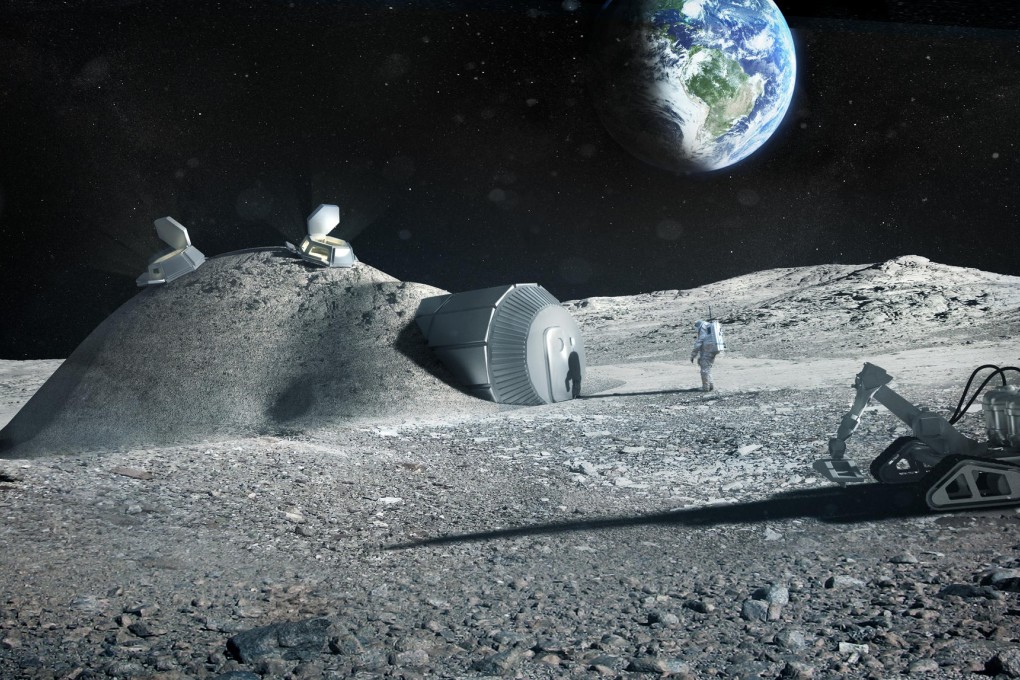The key applications for 3-D printers will be in engineering, not the home
3-D printers will have their uses in the home. But some of the most exciting possibilities are out of this world, writes Jamie Carter

It's being hyped as the next big thing, but is 3-D printing really destined for our desktops? Far beyond the novelty plastic figurines that 3-D home printing promises, digital modellers equipped not just with liquid plastic, but with aluminium and titanium, are getting ready to kick-start a whole new industrial revolution where customised - even personalised - products become the norm.
This new era, experts say, will see aircraft, cars, houses and even parts for the International Space Station and future Nasa missions, produced when and where they're needed - and all by 3-D scanners and printers.
The clever part is to use 3-D modelling to make one big component
There's already a buzz - worldwide sales of 3-D printers are expected to grow 75 per cent next year, with a near doubling the following year. "The consumer market hype has made organisations aware of the fact 3-D printing is a real, viable and cost-effective means to reduce costs through improved designs and streamlined prototyping," says Kevin Curran, of the New York-based Institute of Electrical and Electronics Engineers.
Product designers and entrepreneurs now need only a 3-D scanner and basic skills in 3-D digital modelling - most of it based on existing templates - to knock-up designs and produce prototypes in the same day. In the 2-D world, that process can take months.

In practice, that utopia is far off. For now, 3-D printers are expensive, messy and very limited in what they can produce. "Resin 3-D printers are difficult to use because you're dealing with liquid plastics and lasers, and it starts to get complicated," says James Woodcock, managing editor at industry publication TCT Magazine + Personalize, which is hosting a 3-D printing-focused conference at the International CES in Las Vegas next month.